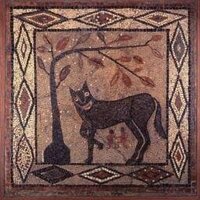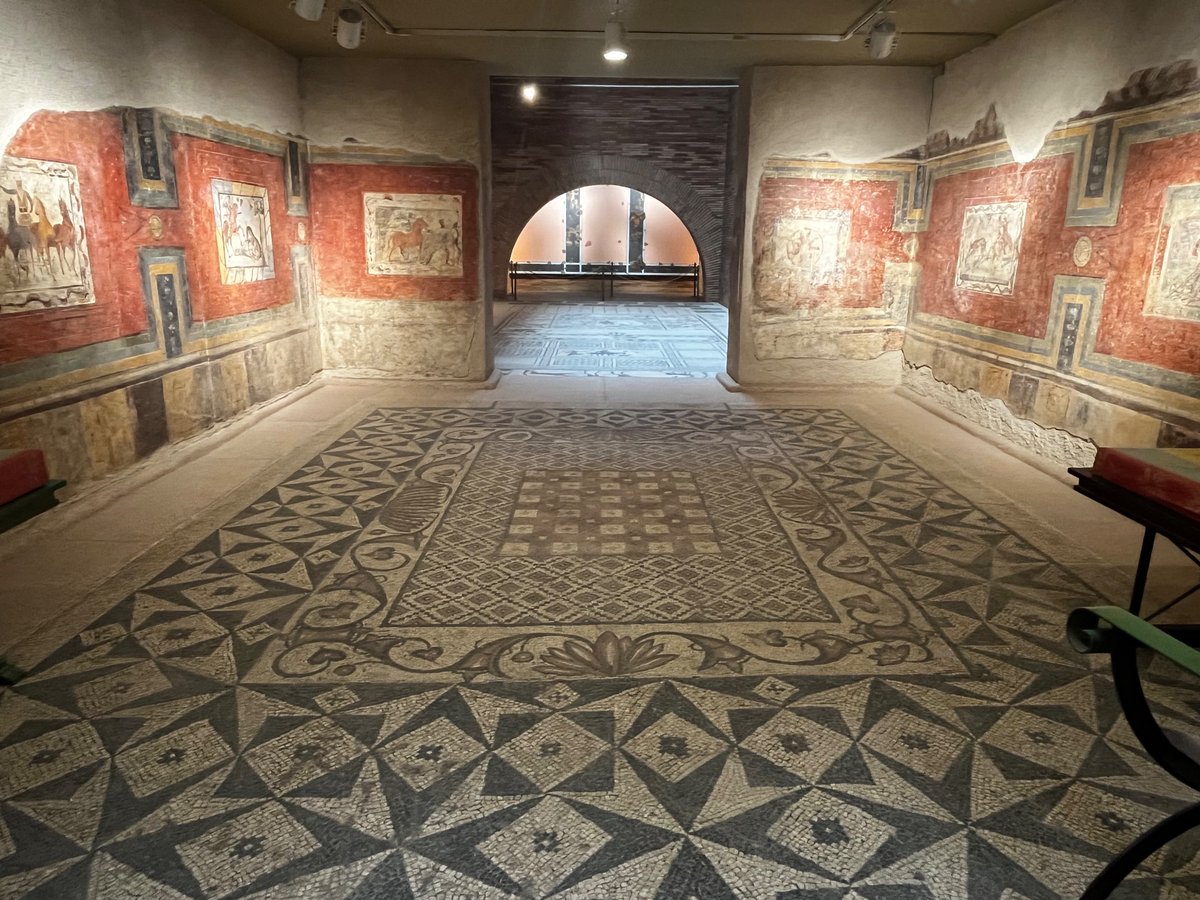
Jewry Wall Roman Museum
@JewryWallRoman
Jewry Wall Museum a real Roman experience located on the site of Leicester’s 2nd Century Bathhouse
ID:1572982210617085952
https://www.leicestermuseums.org/jewry-wall/ 22-09-2022 16:13:20
70 Tweets
119 Followers
86 Following








Julius Caesar in 45 BC (709 AUC) set a Leap Year’s, Leap Day on the 24th of February, also known as the Feast of St Matthias, occurring twice #groundhogday those years. It wasn’t until the Gregorian Calendar 1582 AD, that the 29th of February became the extra day in a leap year.






Check out last night's episode of Digging For Britain where @thealiceroberts visits the excavations at @leicscathedral to discover more about Roman Leicester!
ow.ly/yiUw50QnHSL
#visitleicester #leicester #romans #history #bbc @BBC2
📷courtesy of University of Leicester








Happy Saturnalia to all our past and future visitors, we especially want to wish the Project and Contractor Teams, & our fabulous Friends of Jewry Wall a very Happy Christmas. leicestermuseums.org/jewry-wall/
Image: A Roman Feast (Saturnalia) By R Bompiani (1821-1908) Paul Getty Museum











